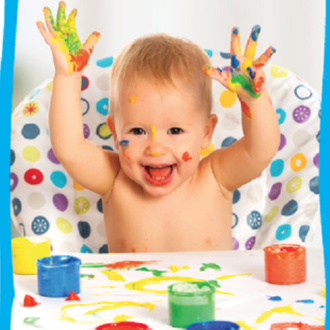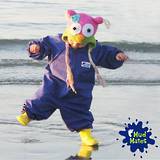Shop
01828
https://www.under5s.co.nz/shop/Hot+Topics+Articles/Toys+Books+Play/Play+ideas/Getting+creative+with+your+under+fives.html
Getting creative with your under fives
|
As the weather gets cooler, now is a great time to get into arts and crafts with your kids. It’s not just fun, they’re learning too. Whether you enjoy getting messy and trying new things with your kids or have never explored art activities at home before, there will be something here for you.
|
You might also be interested in ...
Mud Mates
Do you have little kids and find that you are constantly washing their dirty clothes? Then Mud Mates could save you time and money! Our machine washable Coveralls, Overpants, Craft Aprons and Shoe Covers slip straight on over your children’s clothes to protect them – perfect for when they are making a mess!
join usJoin us on social media for all our latest news. |
sign upSign up and receive our latest newsletters. |
|






It’s not just fun, they’re learning too.
Arts & crafts ideas for toddlers & kids under 5
Whether you enjoy getting messy and trying new things with your kids or have never explored art activities at home before, there will be something here for you.
Why is art important for young kids?
There are so many reasons! Here are a few….
Art ideas for over twos & what they are learning
Paint brushes
Stamping and prints
Collage box
Paper
Colours and shades
Self-portraits
Art on the go
Include your own child’s culture in their art
Art and under two year olds
Practical tips
More kids activities articles to enjoy
Source: This article has been written by Creators, a nationwide service offering quality home-based care and education. Creators are passionate about seeing every child’s unique talent being recognized and nurtured.